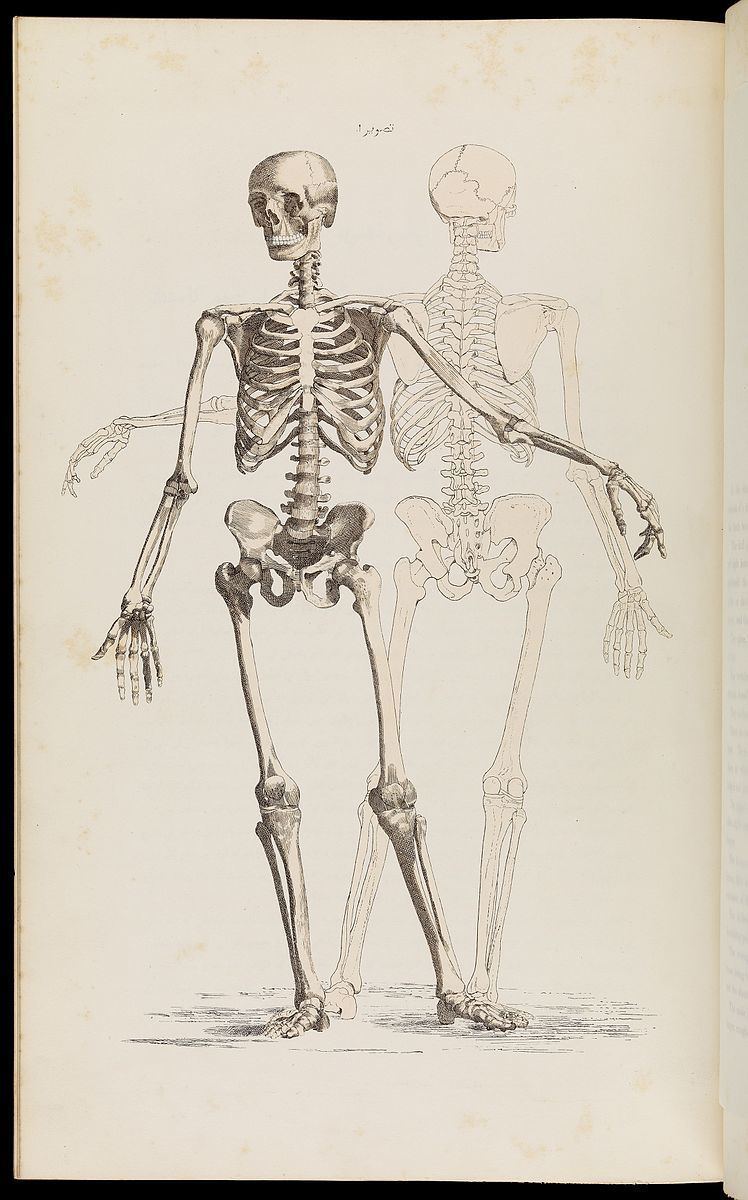Nationality United Kingdom Fields Medicine, Statistics | Role Surgeon Name Frederic Mouat | |
 | ||
Died 1897, London, United Kingdom Books Rough Notes of a Trip to Reunion, Mauritius, and Ceylon | ||
Frederic John Mouat (18 May 1816–12 Jan 1897) was a British surgeon, chemist and prison reformer. He was part of the committee that helped identify the Andaman Islands as a suitable location for a convict settlement. He examined the use of chaulmogra oil in the treatment of leprosy and published the first illustrated book on human anatomy in Urdu in 1849.
Life
Mouat was born in Maidstone, Kent, the son of an army surgeon, and trained at University College London and Edinburgh University, qualifying as a Member of the Royal College of Surgeons in 1838. His brother was Sir James Mouat. Frederic Mouat studied initially at Paris and then joined his brother at the University College London. He won a prize for medical jurisprudence in 1836-37 and qualified as MRCP in 1838. He received an MD from Edinburgh with a thesis On the brain as the organ of the mind in 1839. Mouat joined the Indian Medical Service on January 1840 and was posted Assistant-Surgeon in Bengal in June 1840. In 1853 he became Surgeon, in 1860 Surgeon-Major and ultimately Deputy Inspector-General of Hospitals. He was attached to the 21st Fusiliers at Fort William followed by stints with the 47th Bengal Native Infantry and the Artillery Battalion at Dum Dum.
IN 1841 Mouat was made Treasurer, Secretary, Resident Medical Officer as well as Professor of Chemistry and Materia Medica at the Bengal Medical College. Among the experiments he conducted were trials on treating leprosy patients with the extracts of chaulmogra (Hydnocarpus wightiana). In 1849, he published an atlas of human anatomy with notes in Urdu with the assistance of Moonshee Nusseerudin Ahmed and with illustrations by Colesworthey Grant. ''"the only works upon European medicine extnt... are ... chiefly in the Nagree character which is only understood by Hindu native doctors"''. Mouat noted that He spent 30 years in India, where he was a leading figure in the field of education, in which he was a major campaigner to establish the first universities in India especially the University of Calcutta and prison reform, including holding the post of Inspector-General of Gaols in lower Bengal. In 1857, after the Indian Mutiny, he was asked to investigate the Andaman Islands as a potential penal colony. The exploration began from November 1857 to January 1858 and led to the establishment of Port Blair. A bay in the Andamans was authorised by Lord Canning to be called as Port Mouat. They also took an Andaman islander "John Andaman" to Calcutta with the aim of ethnological studies and to help in improving relations with the Andaman natives. Mouat subsequently published a book about his Andaman experiences: Adventures and researches among the Andaman islanders (1863).
As a chemical examiner he served on a Select Artillery Committee and helped develop, along with Colonel Edward Ludlow, a waterproof glaze to protect percussion caps in the field. Mouat also took an interest in photography working with the Frenchman Oscar Mallitte (1829–1905) in the Andamans and serving as the first president of the Photographic Society of Bengal (1856–57). In an article in the Lancet in 1892 in response to a debate on banning opium he opposed comparison of opium to alcohol, pointing out that opium use did not come with law and order problems.
Mouat retired to the UK in 1870 and started a new career as an Inspector for the Local Government Board. He was also an active member of the Royal Statistical Society, becoming its President in 1890.
Mouat married twice, first on 15 September 1842 to Mary Rennards Boyes who died at Kensington in 1885. No children are recorded from this marriage. In June 1889 he married a widow, Margaret Kay, daughter of John Fawcus, a Justice of Peace who had four children from her earlier marriage. Mouat died on 12 January 1897 at his home in Durham Villas, Kensington from pneumonia and asthenia. He was cremated at Woking as wished by him. He left a widow and four stepchildren. A memorial bust made by Hamo Thornycraft in 1874 was bequeathed to the University College London.
